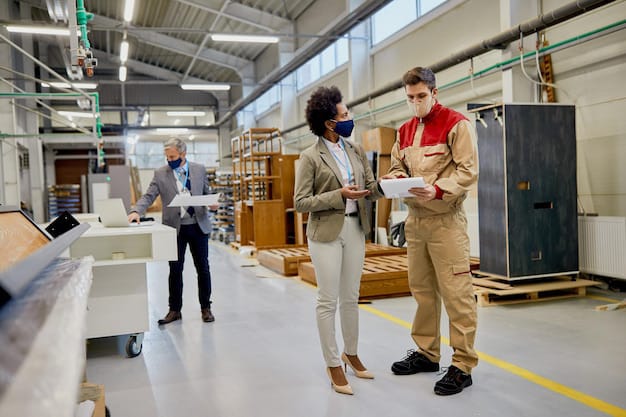The logistics world is changing rapidly as businesses look for innovative ways to meet growing customer demands. E-commerce has exploded, driving the need for faster, more efficient delivery methods. Traditional large-scale distribution models are no longer enough to keep up with this shift. Companies are exploring smaller, more localized solutions to stay competitive. These strategies aim to shorten delivery times and improve inventory management. At the heart of this transformation is a strategy that combines technology with smarter warehouse layouts. If you’re curious about how logistics is evolving to meet customer expectations, this article explores these changes in depth.
E-Commerce Growth Drives Change
The e-commerce boom has redefined how businesses operate and serve their customers. Today’s shoppers expect quick deliveries, and businesses are under pressure to meet those expectations. Large, centralized warehouses are often too far from urban centers to meet the growing demand for same-day or next-day delivery. To address this, companies are shifting towards smaller hubs closer to major population centers. These hubs allow faster order processing and improved delivery efficiency, reducing the time products take to reach customers.
Localized Operations Gain Popularity
Smaller, strategically placed facilities are becoming a vital part of modern logistics. By being closer to customers, these locations minimize transit times and improve the overall customer experience. Localized setups also help businesses reduce transportation costs and lower their carbon footprint. This approach ensures inventory is always positioned where it’s needed most. As businesses scale these operations, they find that it not only speeds up delivery times but also enhances flexibility in meeting unexpected spikes in demand.
Technology Revolutionizes Logistics
Advanced technology is the backbone of these new operational models. Automated systems enable faster picking, packing, and sorting processes, which are crucial in handling high-order volumes. Robotics, artificial intelligence, and data analytics help businesses optimize inventory levels and predict demand patterns. Real-time tracking systems give customers visibility into their orders, further enhancing satisfaction. These tools are designed to streamline operations and eliminate inefficiencies, enabling businesses to handle increasing order volumes without compromising on speed.
Customer Expectations Continue to Rise
Modern consumers demand more than just speed; they also value transparency, reliability, and sustainability. Businesses must balance these expectations while maintaining profitability. Smaller facilities make it easier to provide precise delivery windows and ensure better communication with customers. By aligning inventory closer to urban hubs, businesses can reduce the risk of stockouts or delayed shipments. Meeting these expectations is not just about keeping customers happy but also about building loyalty in a competitive market.
Sustainable Practices Shape the Future
Sustainability is becoming a major focus for logistics operations worldwide. Smaller facilities closer to customers naturally reduce transportation distances, which lowers emissions. Many companies are also adopting eco-friendly practices like using energy-efficient equipment and renewable energy sources in their operations. The ability to combine efficiency with sustainability gives businesses a competitive edge while addressing environmental concerns. As more businesses adopt these practices, the logistics industry as a whole moves closer to a greener future.
The logistics industry is entering a transformative phase, redefining how businesses serve customers in a fast-paced, digital world. These innovations not only address current challenges but also pave the way for a more efficient and sustainable future. Take a closer look at how strategies like these are reshaping the delivery landscape with Micro Fulfillment Services.




